
The OneUp brand has built a solid name for itself over the years with various products that have become virtually ubiquitous, not least of which are their aluminum and composite flat pedals. Garnering a reputation for building reliable, affordable, and high-performance flat pedals, it was about time the Squamish, BC-based company released a clipless pedal, and here it is: the OneUp Clip Pedal.
OneUp Clip Pedals key specs
- Weight: 410g/pair claimed (416g actual)
- 26.8mm thick
- 80 x 90mm platform
- 5º float, 12º release angle
- SPD-compatible
- Adjustable tension
- 4 pins per side
- 3 x cartridge bearings & 1 x IGUS bushing/pedal
- 8 colors, grey tested
- Price: $159.99
- Buy from OneUp retailers
Astutely named, the OneUp Components Clip Pedal does exactly what it says on the tin. OneUp doesn’t tend to mess around when it comes to their product, either in name, or in engineering. We’ve come to expect pretty top-notch components from the brand, so to hear that they were launching a clip pedal was exciting news to me.
As I’ve alluded to in previous articles, there’s a gamut of flat pedals available to suit pretty much every occasion, but it has always felt to me like us clipped-in riders don’t have a lot of choices. Sure, there are a handful of options out there, but many use a proprietary cleat design, which makes it tricky to find spares, save for Crank Brothers. This means that there aren’t many clipless pedal options out there that I’d truly consider outside of Shimano, especially once I’ve narrowed it down by ride feel. Spoiler alert: I think the OneUp Clip pedal might actually be a contender.

Pedal features
The OneUp marketing copy makes the Clip Pedal sound like the perfect pedal. First off, like the brand’s flat pedals, OneUp claims their Clip Pedals to be the thinnest clipless bike pedal in the world, at just 26.8mm thin at the mechanism and 14.4mm in the body. To my eye, they are incredibly thin. It follows that they should also be light, and at a claimed 410g with pins, compared to 420g for Shimano’s XT trail pedals. The actual weight for a pair came in at 416g on my kitchen scale, compared to 432g for my pair of M8120 XT trail pedals.
The platform is 80x90mm, which is large, but not huge, and contains four M5x8mm hollow threaded pins per side. This works for me, since I find that overly large SPD pedal platforms tend to yield diminishing returns. The axles are Chromoly steel, which OneUp says are DH-rated, in theory making this quite a versatile pedal. Spinning on a single IGUS bushing and three outboard cartridge bearings that are easily serviced, replacement parts should be easily sourced.

The stainless steel binding mechanism uses Shimano’s SPD cleat standard with a OneUp in-house design. The design is said to eliminate front-back and up-down movement for a tighter cleat fit that doesn’t sacrifice float, with a locked-in feeling. The binding mechanism has a quality look and feel to it which bodes well for how they will perform.
Available in eight colors, from mild (black) to wild, the OneUp Clip Pedals retail for $159.99 USD.

In the real world
Starting with the packaging, there’s not a single piece of plastic in sight. In the box are the pedals, cleats, cleat spacers, and the bearing nut tool for servicing the pedals. Including the tool is a nice touch and much appreciated.
I opted to use Shimano cleats already installed on my bike shoes instead of the cleats supplied to save time. Gavin at OneUp tells me that there aren’t many shoes out there that need the cleat spacers, but since there’s no standard for cleat channels, the spacers give a little more clearance for those tricky shoes. I had no problems with the Leatt Hydradri, Fizik Terra, or Giro Chamber shoes I tested with these pedals.

The spring tension on the mechanism is adjustable with a 3mm hex key, much like Shimano pedals. I started on the lightest setting and dialed it in just a touch. I found the lightest setting to be a smidge tighter than a Shimano pedal. There’s a handy window with a gauge for setting tension, which is a nice touch.
As I mentioned, I find that large platforms on SPD pedals tend to have diminishing returns, and while it’s appreciated, I find that a stiff sole makes more difference when clipped in. That said, the OneUp Clip Pedals do have a solid feel that’s quite reassuring when clipped in, and provide enough support and grip when not clipped in. While the pedal doesn’t quite guide the cleat in as well as some, it’s fairly easy to find.
I do really like how locked-in the pedals feel when clipped in. Despite having the same float as a Shimano pedal, they feel quite solid and with very little slop, which made me feel more comfortable with a tighter spring tension than usual. A vague-feeling mechanism is something I’ve complained about with other clipless pedals, and the OneUp binding mechanism feels reassuring positive, particularly at the release; I don’t feel like I’m going to accidentally come unclipped.

Servicing the OneUp Clip Pedal
I’m currently about three rides and approximately 100km into these pedals, so they certainly didn’t need a service, but I would be remiss not to pull them apart. The pedals fit to the bike using an 8mm hex key, and disassembly requires only a 6mm and 8mm wrench. The end cap unthreads, and the bearing retainer nut unthreads using the supplied tool and a 6mm hex key, using an 8mm to hold the axle.
Share your OneUp Clip Pedals review
Once the nut is removed, the axle slides out, a small rubber seal comes out the axle end, and the three cartridge bearings can be popped out with the 8mm hex key. The bearings push back in with the nut tool, and reassembly is the reverse of disassembly — simple. Despite unashamedly washing my bike with my hose on the ‘jet’ setting, there was no water to be found inside the pedal body. I’m confident the pedals should last well, but I’ll continue to be as unkind to them as any other pedal.


Pros and cons of OneUp Clip Pedals
Pros
- Lightweight
- Slim profile
- Very positive engagement feeling
- Easy servicing
Cons
- Doesn’t guide the cleat in quite as well as some pedals
- More expensive than Shimano XT
Bottom line
If I’m honest, I was clutching at straws to find cons to these pedals. Yes, I’m only three rides in, but I did my best to make them as varied as I could. I’m really impressed with these pedals.
My main gripe with other SPD-type pedals has been the quality of engagement, and the positive locked-in feeling exhibited by the OneUp Clip Pedal is unlike anything else I’ve used. Crank Brothers pedals feel too floaty and vague, Chromag Pilots feel sloppy on entry and exit, and Shimano pedals are great but tend to have a lot of side to side and up/down movement.
OneUp Clip pedals also check a bunch of other boxes for me, including color options, serviceability, great aesthetics and light weight. Yes, they cost a bit more than Shimano XT Trail pedals, but not much, and nowhere near as much as you could spend on a set of boutique flat pedals. These are a winner for me.



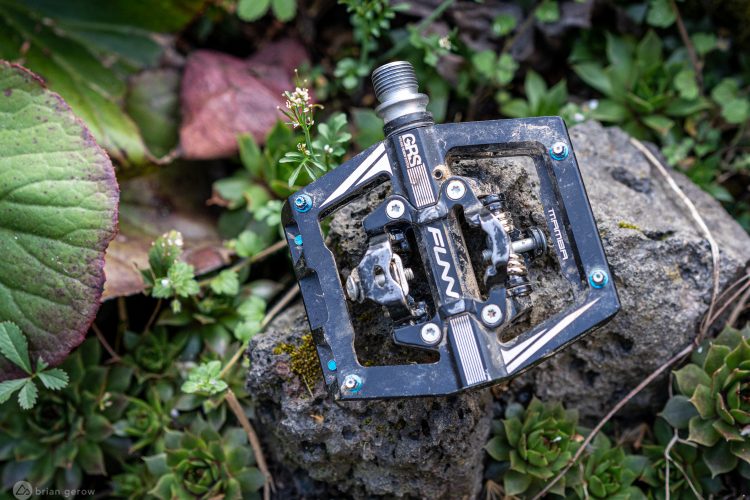
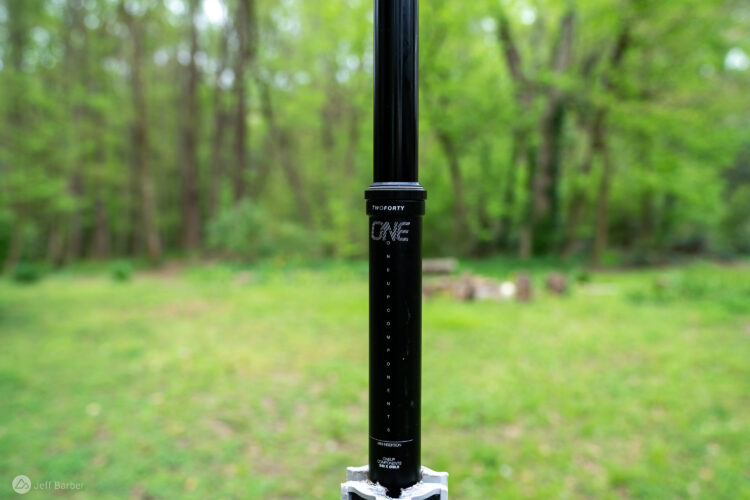

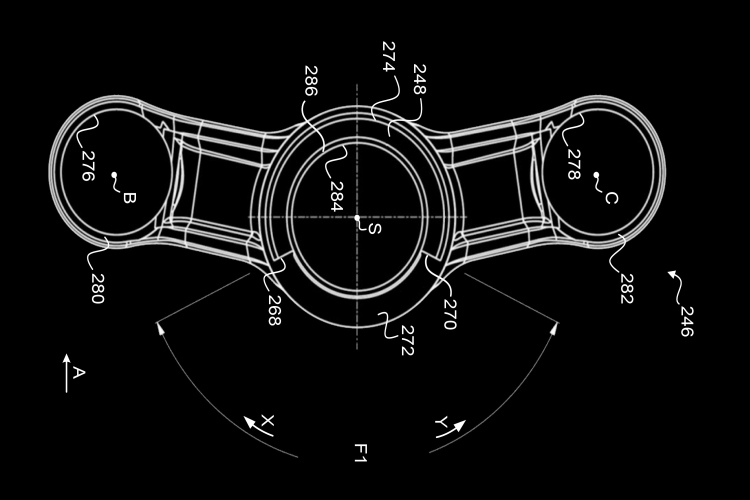
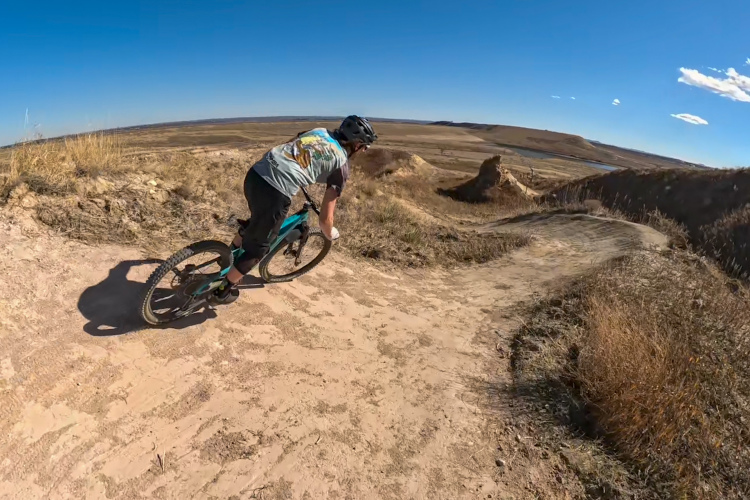
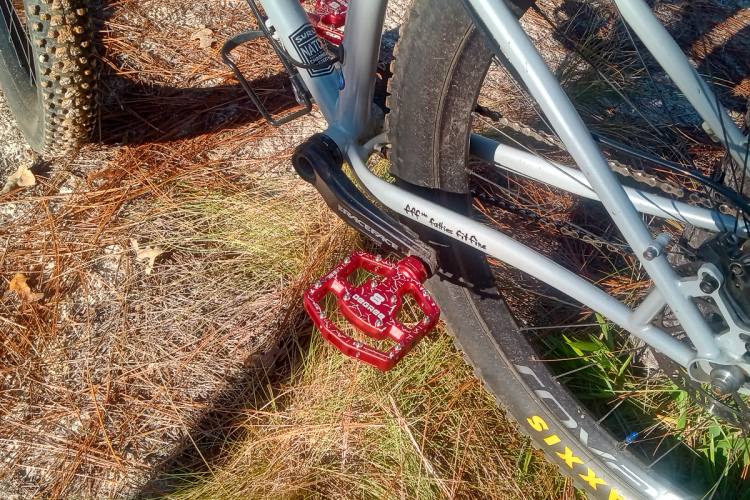
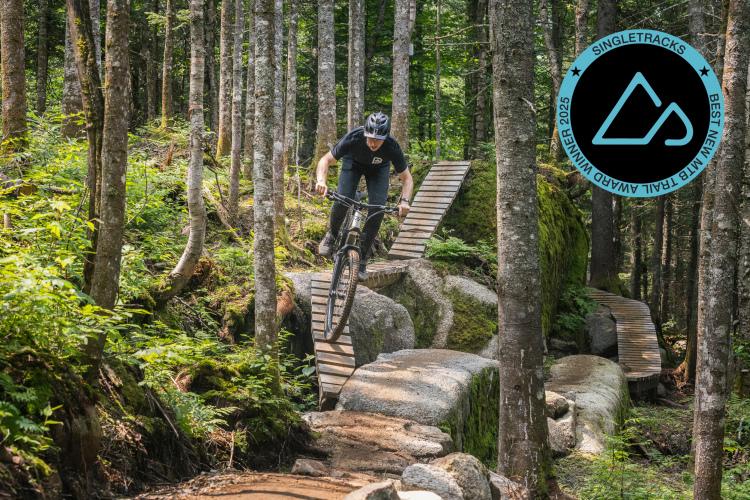

3 Comments
Jan 17, 2025
Jan 18, 2025
Jan 16, 2025